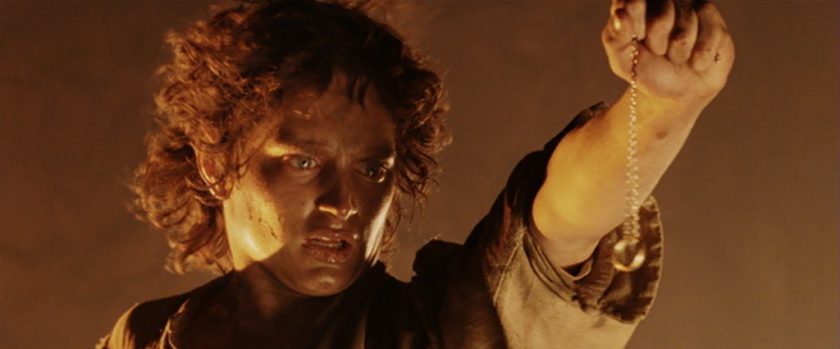In 1977, Christopher Tolkien published a long-awaited book containing his father’s legends of the ‘Elder Days’ of Middle-earth, The Silmarillion. The central and longest section of this book was the ‘Quenta Silmarillion’, the ‘tale of the Jewels’, which told the history of Elves and Men from the earliest days through the end of their war against the first great Dark Lord, Morgoth. While Tolkien had for years worked on and meant to publish the ‘Quenta Silmarillion’ on his own, when he died the work was still incomplete. His son had to edit together the published work from his father’s drafts (with a small amount of invention to fill in gaps), attempting to create a final product consistent in both narrative content and in style.

Recently, my colleague Daniel Helen argued that more films set in Middle-earth were highly unlikely. I disagree. And here’s why. (more…)
One of the most frequent requests I receive from fans of Tolkien and Middle-earth is to speculate on what The Silmarillion might have looked like, “had Tolkien finished it”. This is a really popular topic. I have stumbled across more than one attempt to produce a (pseudo)-canonical Silmarillion text through the years. Canonical contrivances always lead into the Valley of Canonical Collisions. There is no canon, and everyone has their own idea of what should be canon. The problem is of such universal proportions that the Vulcans have a saying: “Only J.R.R. Tolkien can write a canonical Silmarillion; everything else is fan fiction.”
Before the Music of the Ainur and the creation of Arda took place, Ilúvatar and the Ainur resided in the Void; but soon, “the echo of the music went out into the Void, and it was not void” (The Silmarillion, ‘Ainulindalë’).